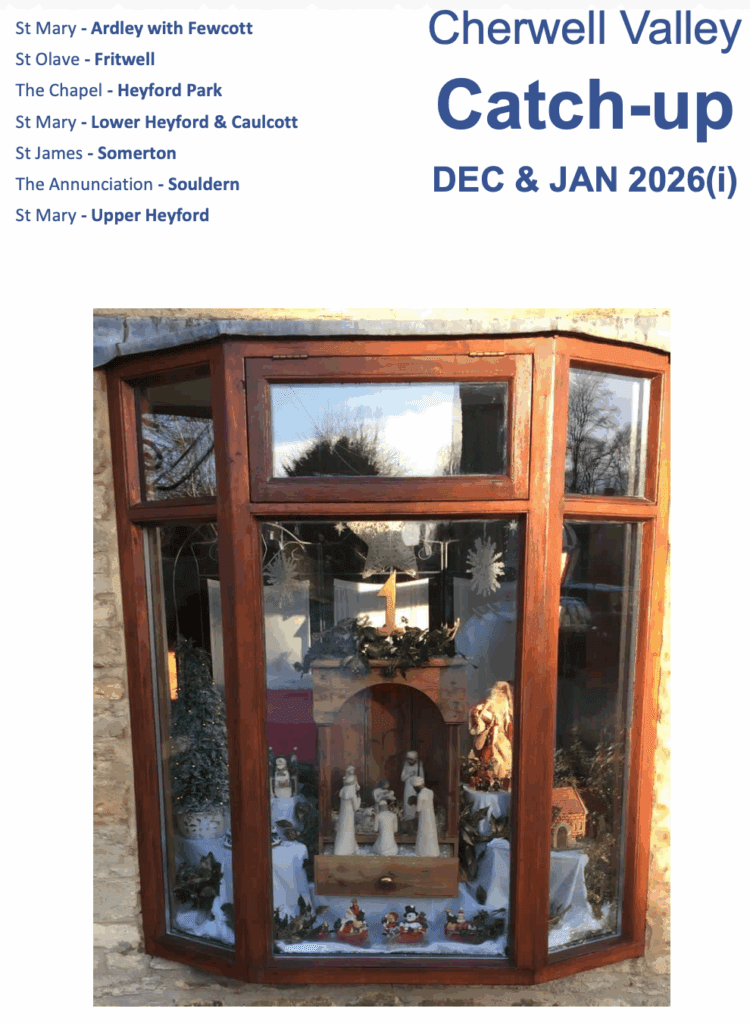- 01869 233687
- Office opens Monday, Wednesday & Friday
Welcome
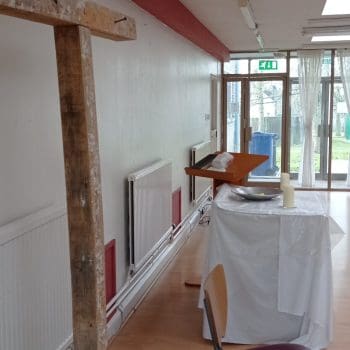
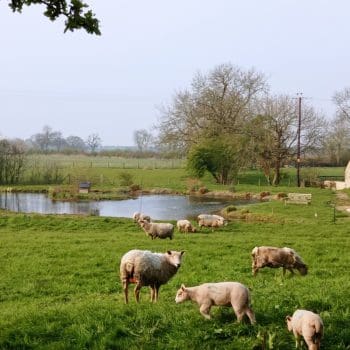

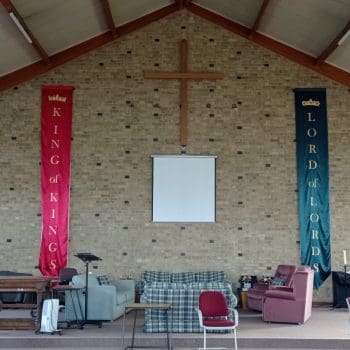
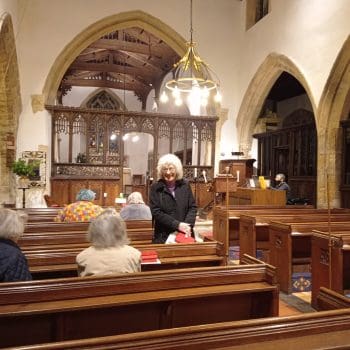
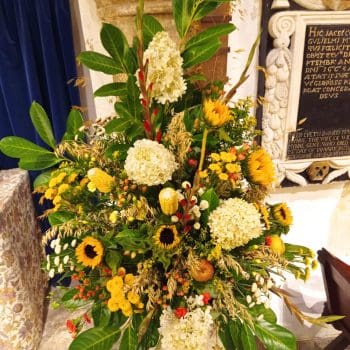
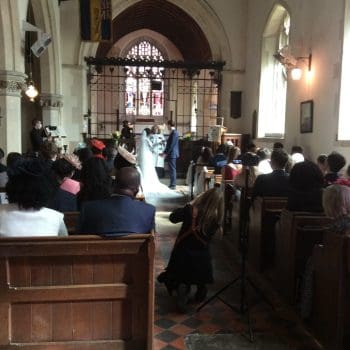
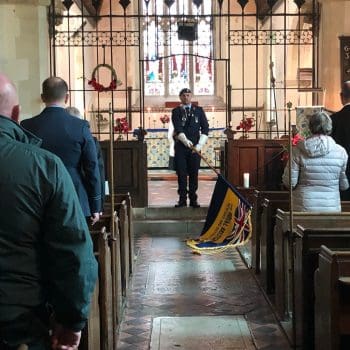

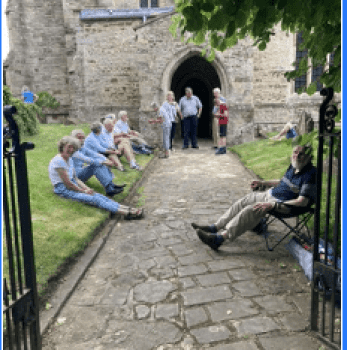
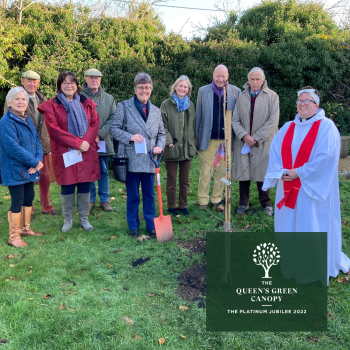
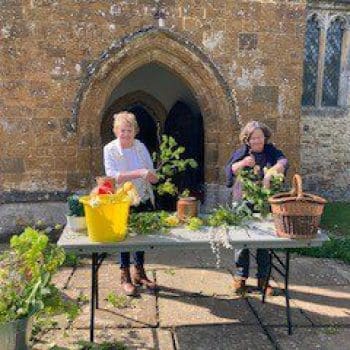
We are the Cherwell Valley Benefice: a Christian community centring on seven Church of England churches in villages to the north of Oxford.
We would love to meet you, in person or online, so please get in touch.
There’s more information below, or use the contact form to send a message.
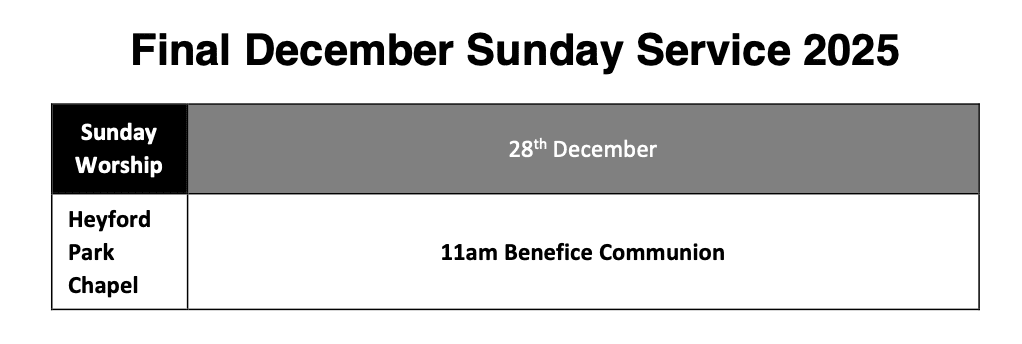
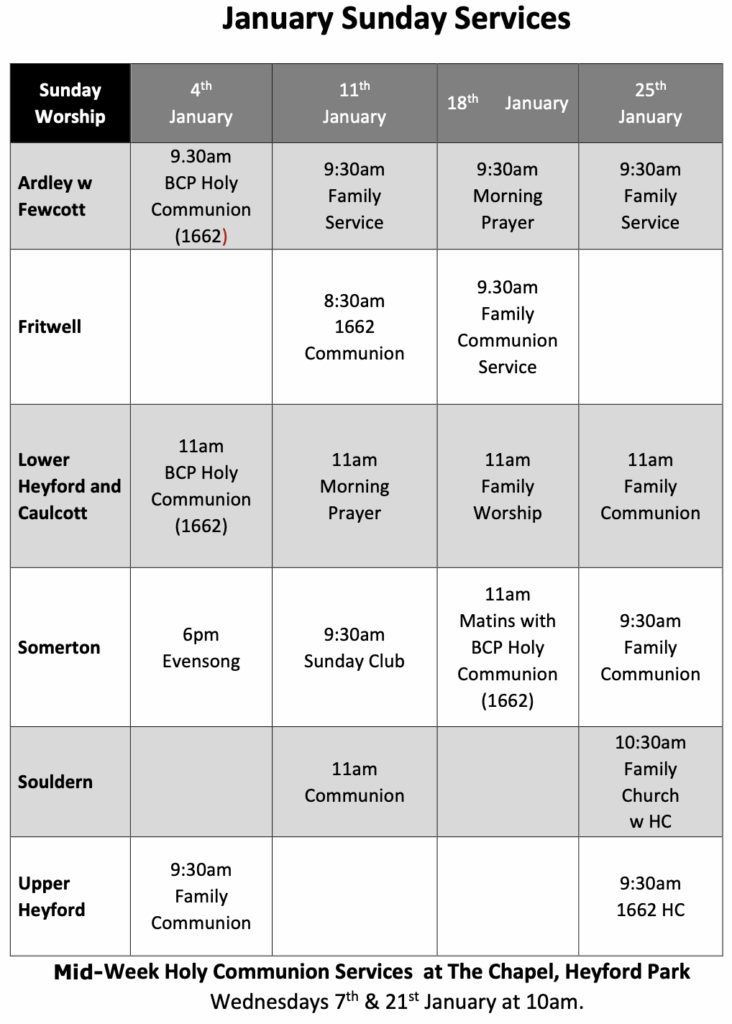

Our Churches
Information
Ministry Team
Team Rector, the Revd Robert Gilbert has been appointed and will start in April
Revd Kath Cooke, Vicar (House for Duty)
Revd Andrew Foran, Associate Priest (part-time)
Barbara McGarry, Benefice Administrator
Weddings & Blessings
We would love to talk to you about celebrating your marriage in the context of a church service. There’s lots of information about church weddings and blessings at Your Church Wedding., including a service planner with ideas for music and readings. We offer marriage preparation to couples looking forward to their wedding, marriage celebration services to couples celebrating significant anniversaries of their wedding day, and services of blessing for those marrying at register offices or elsewhere.
You may not know that it’s easy to establish a “Qualifying Connection” with our churches even if you don’t already have one.
Baptisms, Christenings, Confirmation
We normally celebrate baptisms (of infants, children, young people or adults) in one of our Sunday services. If you are considering a christening or baptism, or if you would like to progress from baptism to confirmation, please get in touch.
Safeguarding
We take our responsibility to safeguarding very seriously.
The Safeguarding Policy can be found here and our Safeguarding Poster with more contact details here. The privacy policy for this website can be found here.
Our Benefice Safeguarding Officer is Jane White cvbsafeguarding@gmail.com
- We are committed to respectful pastoral ministry to all adults within our church community.
- We are committed, within our church community, to the safeguarding and protection of vulnerable people.
- We will carefully select and train all those with any pastoral responsibility within the Church, including the use of Criminal Record, Bureau disclosures where legal or appropriate.
- We will respond without delay to any complaint made that an adult for whom we were responsible has been harmed, cooperating with police and the local authority in any investigation.
- We will seek to offer informed pastoral care to anyone who has suffered abuse, developing with them an appropriate healing ministry.
- We will challenge any abuse of power by anyone in a position of trust.
- We will care for and supervise any member of our church community known to have offended against a vulnerable person.
The benefice adopts the guidelines of the Church of England and the Diocese
Finding support:
We understand reporting abuse may be very difficult and distressing to you and it may add to your hurt by our not being able to immediately assist you. Therefore here are the contact details of other agencies that are available to assist either on a 24-hour basis or through specialist helplines and services.
- Social Services: https://www.oxfordshire.gov.uk/residents/social-and-health-care
- NSPCC Child Protection Helpline: 0808 800 5000 (lines free and open 24 hours). Phone if you are worried about a child.
- Child-line: 0800 1111 (lines free and open 24 hours). Phone if you are a child or young person and are worried about anything.
- National Domestic Violence Helpline: 0808 2000 247 (lines free and open 24 hours). Phone if you are experiencing domestic abuse.
- Samaritans Helpline: 116 123 (open 24 hours). Phone if you feel you are struggling to cope and need someone to talk to.
- Action on Elder Abuse Helpline: 080 8808 8141 ( free phone Monday to Friday 9-5pm).
- The National Safeguarding Team: safeguarding@churchofengland.org
- Contact your local Diocesan Safeguarding Team: https://www.oxford.anglican.org/safeguarding
For Further assistance go to : https://www.churchofengland.org/safeguarding/promoting-safer-church-safeguarding
Our Churches – More Information
You can find more about our individual churches, including upcoming services and events, via these links to the Church of England’s A Church Near You website.
Please use this form to get in touch with our team.
Contact Form
Contact details
Cherwell Valley Benefice Office
Heyford Park Chapel
572 Brice Road
Heyford Park
Bicester
OX25 5TE
Tel: 01869 233687

